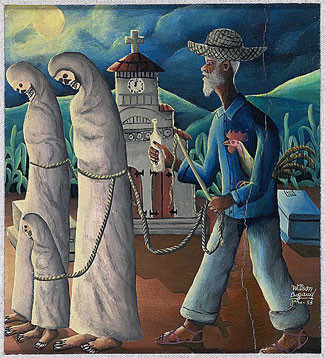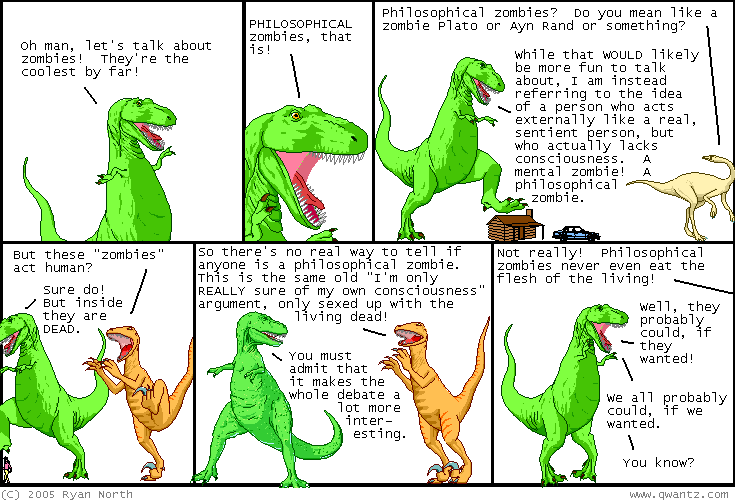I mentioned yesterday that one thing I like about reading this play is that it has less stage direction. The only notes I recall were about different parties going sotto voce (meaning they keep talking in the background, but very quietly so the focus is on the next person speaking), and a few mentions of important dramatic cues like lights fading on a character.
If you aren't familiar with the Matthew Shepard murder, the beginning of the book can be confusing (or a good lead-in, if you're a patient reader, dropping a few hints but saving the meat of the explanation for later). Although Matthew Shepard was attacked when Cassy and I were 11 and 12, I did remember enough to know what was going on.
I think Kaufman and the Tectonic Theater Project did a good job of finding (1) key players in the story (the young man who first discovered Shepard; one of the first responders; the man at the hospital who did the press releases; two very different-minded religious leaders in Laramie) and (2) representing the different viewpoints and ideas of the varied group of people who make up the town. They also, from what I can tell, did not bother Shepard's family, and made every effort to be respectful of everyone involved.
I like that the story is told in the voices of real people. It's like what Max Brooks did with World War Z, except non-fiction.
Here's the thing about plays: They're meant to be seen. This is probably the only time that I will recommend you go pick up a movie or go see the play as opposed to reading the actual content.
The Laramie Project is one of those plays that this rule is even more pertinent than most plays. Most plays you have a set number of characters and so that makes it pretty easy to follow along on what's happening. The Laramie project has a ridiculous amount of characters you need to follow, and it's incredibly easy to lose track of whose who. When you WATCH it, however, you recognize the faces, so it's not bad at all.
After reading this play, I picked up a copy of the movie (it had Joshua Jackson in it, so auto-awesome.) I'm glad I did, because there were a lot of powerful moments that you don't get from reading the play.
It was well written, though, and respectful to what was going on. It also, surprisingly, didn't show off all religions as evil. It showed both sides to religion. The Baptist minister was a jerk, but the Catholic Priest was the best. He held the vigil for Matthew, and was the only church leader to do so (both Baptists and Mormons opting out.) He basically said, "It was right, and you should do what's right."
I, unlike Alex, don't remember this happening as a kid. But you learn a lot from it. For instance, the Angel Action started with Matthew Shepard.
Often, they come to funerals that the Westboro Baptist Church comes to (or any other protesters, but we all know WBC is the worst), and they stand in front of the protesters and block their view with giant wings so that the families can have privacy. Romaine Patterson (a good friend of Matthew's) started it at McKinney and Henderson's trial. (On a side note, here's a list of awesome ways people (peacefully) protest the Westboro Baptist Church, many of these things stemming from the Angel Action. If you look close, there's even a sign that says "Hate is not a Syracuse Value" which was on a sign in Laramie.)
It's a good play, but you should really WATCH it, rather than read it. And make sure you have a box of tissues when you do.













































